Summary
Discovering La Quemada’s Ancient Allure
La Quemada stands as a monumental testament to the ingenious spirit of ancient Mesoamerica. Perched on a strategic hilltop in modern-day Zacatecas, Mexico, this historic site boasts impressive ruins that echo the tales of a once-grand civilization. Researchers suggest that La Quemada played a critical role in trade and cultural exchanges between northern and southern regions, succumbing to abandonment around 900 AD. Visitors today can wander through the Ball Court, climb the Votive Pyramid, and marvel at the vast complex of terraces and walls. Its origins remain shrouded in mystery, with connections to the Chalchihuites culture and ties to the legendary city of Chicomoztoc, adding to its enigmatic charm.
Get your dose of History via Email
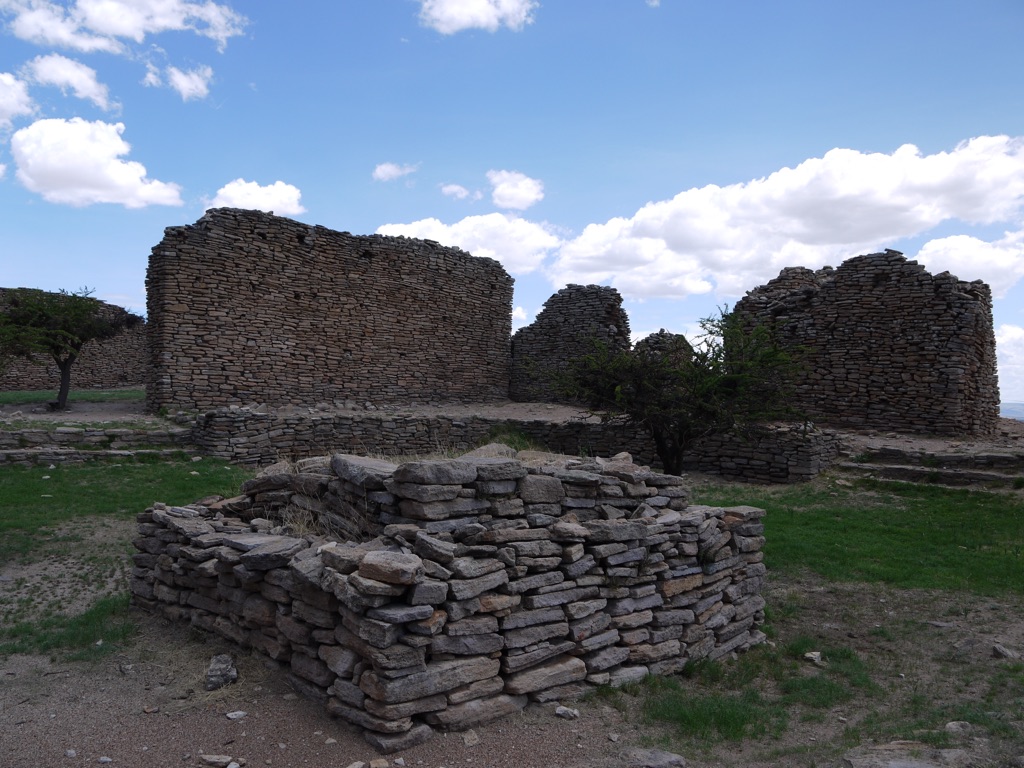
Architectural Mastery and Cultural Significance
The architecture of La Quemada reflects advanced construction techniques, including colossal columns and intricate stone mosaics. Its strategic location provided defensive advantages and demonstrates the settlement’s importance in the region. Ritual significance is evident in its altars and burnt offerings found at the site. Some experts conjecture that the site was a ritual center, its rituals ensuring the stability and continuity of its inhabitants’ way of life. Archaeological finds have given insight into the daily lives, trade, and potential reasons for the city’s ultimate abandonment, such as resource depletion or social strife, offering a window into the complexity and dynamism of pre-Columbian societies.
Promoting Sustainable Tourism and Preservation
La Quemada is not just an archaeological treasure but also a model for sustainable tourism. Its management works diligently to balance visitor access with conservation efforts. Educational programs and guided tours help visitors appreciate the site’s historical importance and its role in contemporary cultural identity. Efforts to preserve this iconic site ensure future generations can also walk the paths where ancient peoples once tread, fostering an ongoing connection with the past. It symbolizes Mexico’s rich heritage and underlines the significance of protecting and studying historical landmarks for a deeper understanding of human history.
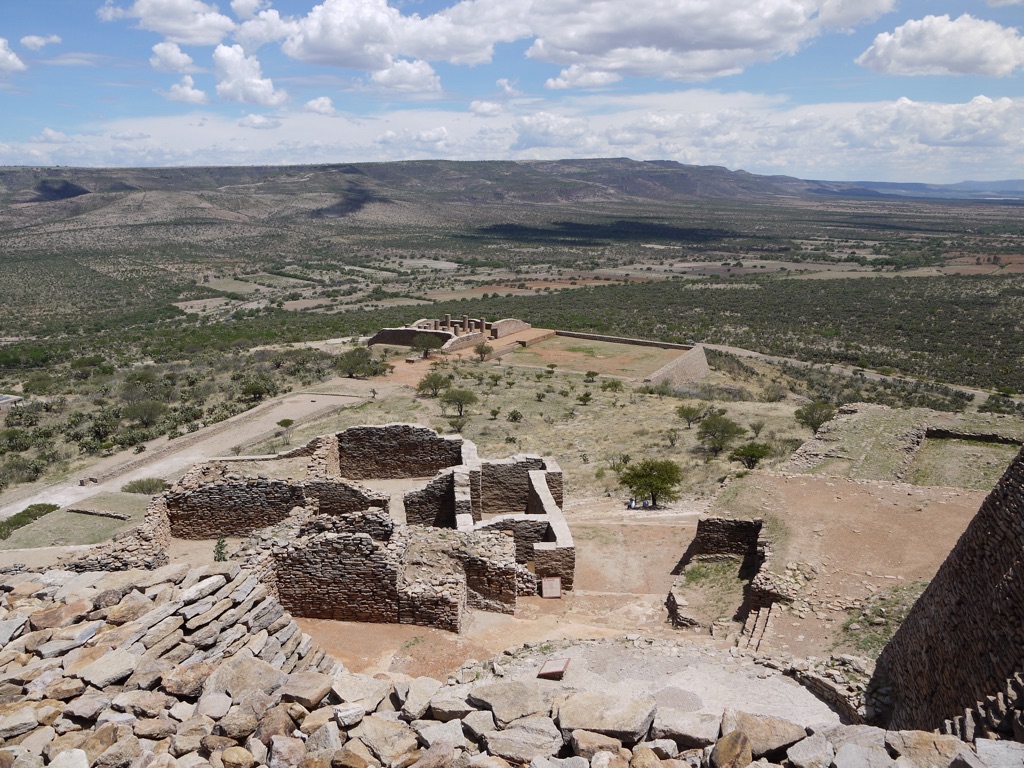
Historical Background of La Quemada
The Mysterious Origins
La Quemada’s history is veiled in mystery, situated in the vast arid region of Northern Mexico. While concrete evidence of its origins is sparse, most scholars agree that its roots extend back to the Classic Mesoamerican period. The site’s strategic position indicates that it may have been a fortified settlement involved in long-distance trade networks. The area is synonymous with both cultural wealth and complex social dynamics, with architecture that depicts a society of significant sophistication. Despite extensive studies, the identity of La Quemada’s inhabitants remains a subject of debate among historians and archaeologists.
An Architectural Behemoth
Impressively, the remnants of La Quemada include pyramids, ball courts, and a unique column complex. The scale of these structures suggests that La Quemada was a center of regional importance that likely hosted significant events. Its grandiose halls were possibly used for communal gatherings or ceremonies. The inhabitants employed advanced construction techniques, and their architectural skills are particularly evident in the elaborate defense systems of the site, underscoring the potential threats they faced from surrounding regions.
The causeways and plazas suggest life here was organized and highly social. Additionally, findings of altars and burned offerings point to religious practices that were integral to the community. Archaeological evidence indicates that La Quemada thrived as a trade hub, likely facilitating the exchange of goods and cultural ideas between disparate Mesoamerican groups.
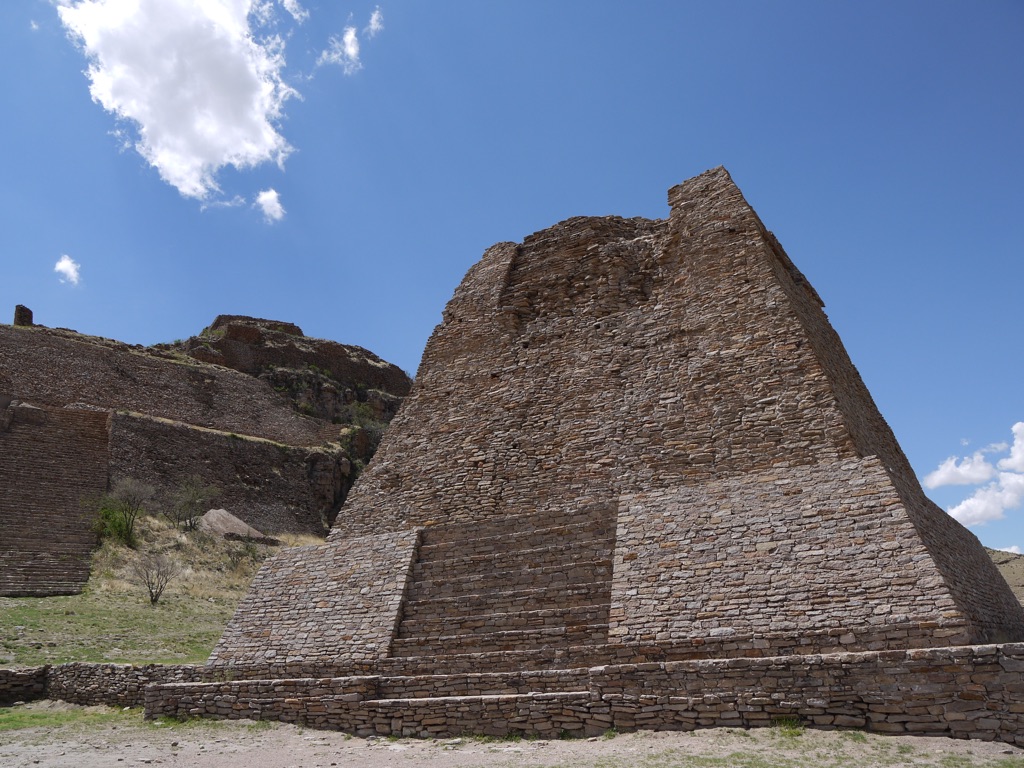
End of an Era
La Quemada’s decline remains as enigmatic as its rise. Signs of fire damage lead some to speculate that the site met a violent end, possibly due to conflicts with neighboring societies or internal strife. Others propose environmental factors such as drought or resource depletion might have played a role in the city’s abandonment. The disappearance of its people around 900 AD left a multitude of unanswered questions that continue to intrigue scholars and visitors alike.
Sustaining Its Legacy
Today, La Quemada is recognized not just as a historical site, but also as a symbol of cultural endurance. Efforts to preserve the ruins maintain the connection between contemporary society and ancient Mesoamerican cultures. Educational programs and careful site management ensure that the lessons of La Quemada are passed on to future generations, while also contributing to the local economy through tourism.
As a revered historical site, La Quemada presents an enduring narrative of human ingenuity, resilience, and complexity. It serves as a crucial link in our understanding of Mesoamerican history and the timeless saga of human civilization.
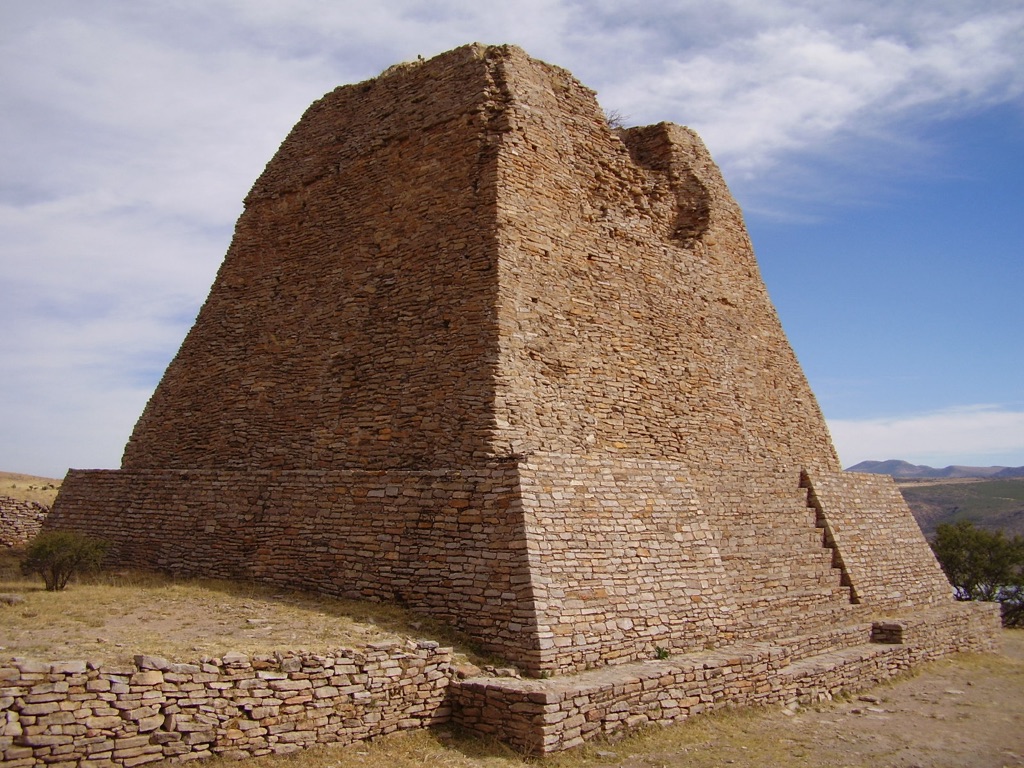
The Discovery of La Quemada
Initial Unearthings
The discovery of La Quemada has sparked a combination of awe and curiosity since the first documented reports. Though locals knew of its existence long before, formal recognition of the site’s significance came later. It was during the 16th century that Spanish conquerors first chronicled the ruins, fascinated by the sheer size and complexity of the structures. These detailed accounts marked the beginning of a lasting fascination, setting the stage for future explorations and scholarly investigations.
Early Excavations
In the centuries that followed, La Quemada garnered sporadic attention, with several minor excavations undertaken. However, it wasn’t until the 19th and early 20th centuries that more systematic studies began. Archaeologists unearthed reliquaries, pottery, and artifacts that offered a glimpse into the daily lives of those who lived there. These findings substantiated La Quemada’s role as a significant cultural and trade center in Mesoamerica.
As the 20th century progressed, interest in La Quemada deepened, leading to larger-scale, more scientific excavations. Researchers from around the globe focused on uncovering the secrets held within its walls. Advanced methods and technologies brought about the recovery of invaluable data, further painting the picture of this historic site’s grandeur and complexity.
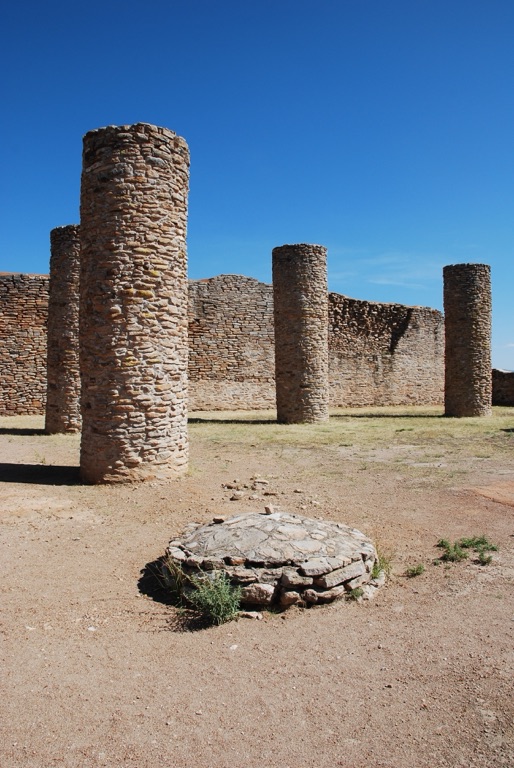
The Site’s Significance Revealed
With each layer of earth removed, the understanding of La Quemada’s importance grew. Teams of archaeologists and historians worked to piece together the puzzle of La Quemada. They found evidence of extensive trade networks, cultural diversity, and complex societal structures. These revelations positioned La Quemada as key to understanding the broader pre-Columbian history of the region.
Today, La Quemada’s discovery and subsequent exploration continue to fascinate scholars and tourists alike. As one of Mexico’s treasured historical sites, La Quemada offers an invaluable opportunity to peer into the past. Its preservation allows for a perpetual journey of discovery, honoring the memory and legacy of its original inhabitants.
Cultural Significance, Dating methods, Theories and Interpretations
Unlocking Chronology: Dating La Quemada
Dating the ruins of La Quemada has been a complex process, employing a variety of methods. Radiocarbon dating, along with material analysis of pottery and artifacts, has provided estimates of the city’s peak occupation. These scientific approaches suggest that La Quemada prospered from around 300 to 1200 AD. Stratigraphy has also played a crucial role in understanding the timeline, revealing distinct architectural phases that reflect the evolution of the site over time.
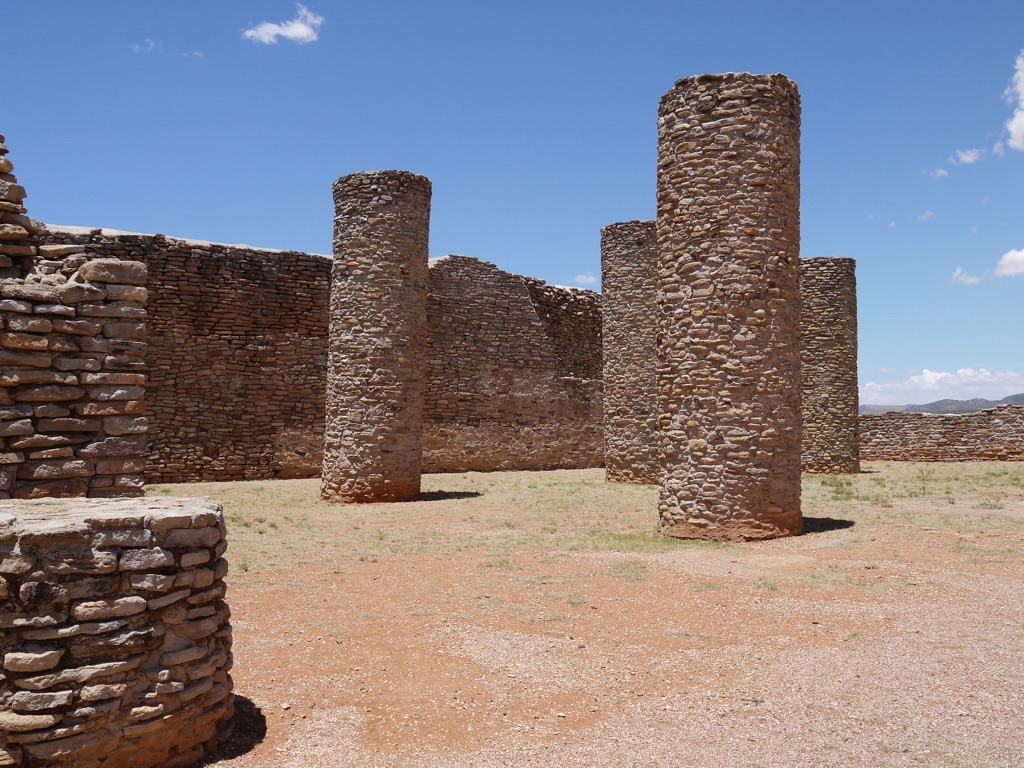
The Cultural Heart of Mesoamerica
La Quemada’s cultural importance in Mesoamerica cannot be overstated. As a hub of activity, it was a melting pot of ideas, traditions, and commerce. Its majestic ruins hint at the ceremonial significance, and artifacts recovered from the site depict a society deeply rooted in spiritual practices. The cultural exchange that took place at La Quemada influenced societal developments far beyond its walls, impacting the broader region’s history and identity.
The site has also significantly contributed to modern understanding of Mesoamerican cultures, especially in terms of regional interactions. It serves as a testament to the sophisticated organizational structure of the societies that resided there, highlighted by the meticulous urban planning evident in the city’s layout.
Theories and Speculations
Several theories aim to explain the purpose and abrupt departure of La Quemada’s inhabitants. Some researchers subscribe to the idea that it served defensive purposes against nomadic tribes. Others argue its prominence as a religious or ceremonial site. The debate continues due to incomplete records, inviting various interpretations that keep La Quemada’s history alive with discourse and discovery.
Evidence of extensive burning raises questions on whether the site fell victim to conquest or to a ritualistic farewell. Regardless of differing theories, one thing is clear: La Quemada was a key player in the Mesoamerican narrative. Each new finding brings us closer to unraveling this fascinating chapter of human civilization.
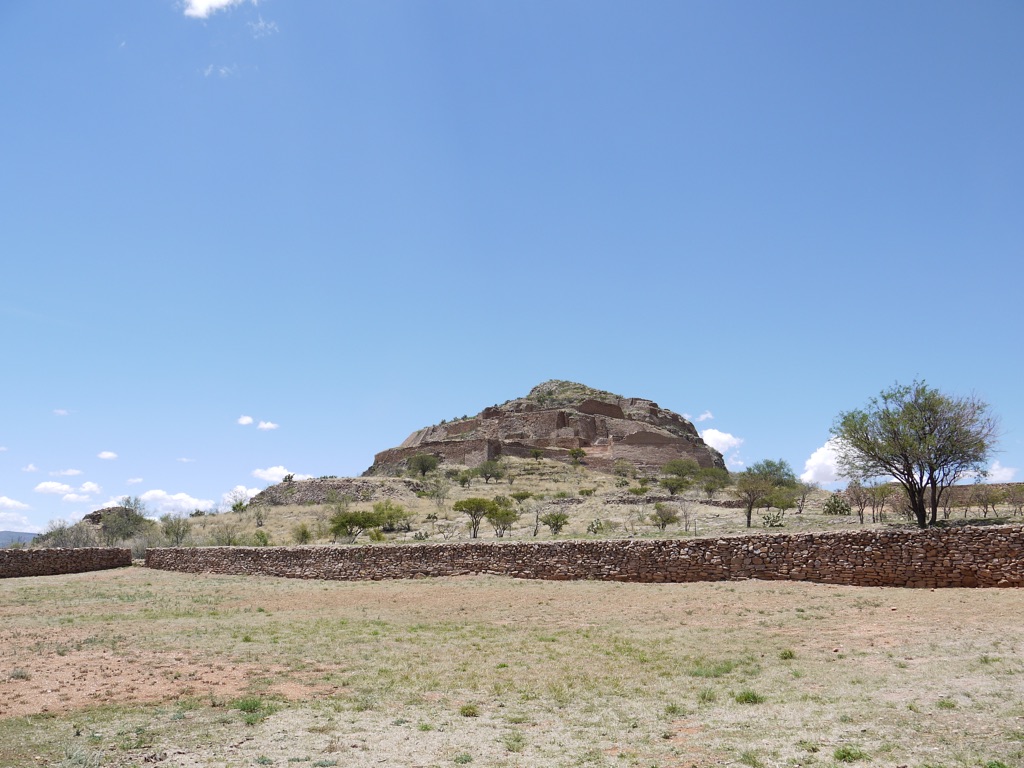
Conclusion and Sources
In conclusion, La Quemada stands as a deeply intriguing historical site that demands further exploration and appreciation. The combined efforts of archaeologists, historians, and scientists continue to peel back the layers of its complex history, from its cultural significance and defensive utility to its mysterious abandonment. The various dating methods applied to its relics have provided a framework for understanding its timeline, while cultural artifacts offer insight into the societal intricacies of its inhabitants. The site’s ruins not only recount a fascinating tale of ancient Mesoamerica but also invite ongoing discourse and theorization, ensuring La Quemada remains an active chapter in the narrative of our human past. As a landmark of Mexico’s rich heritage, it embodies the necessity to preserve and engage with our ancient world, educating and inspiring future generations.
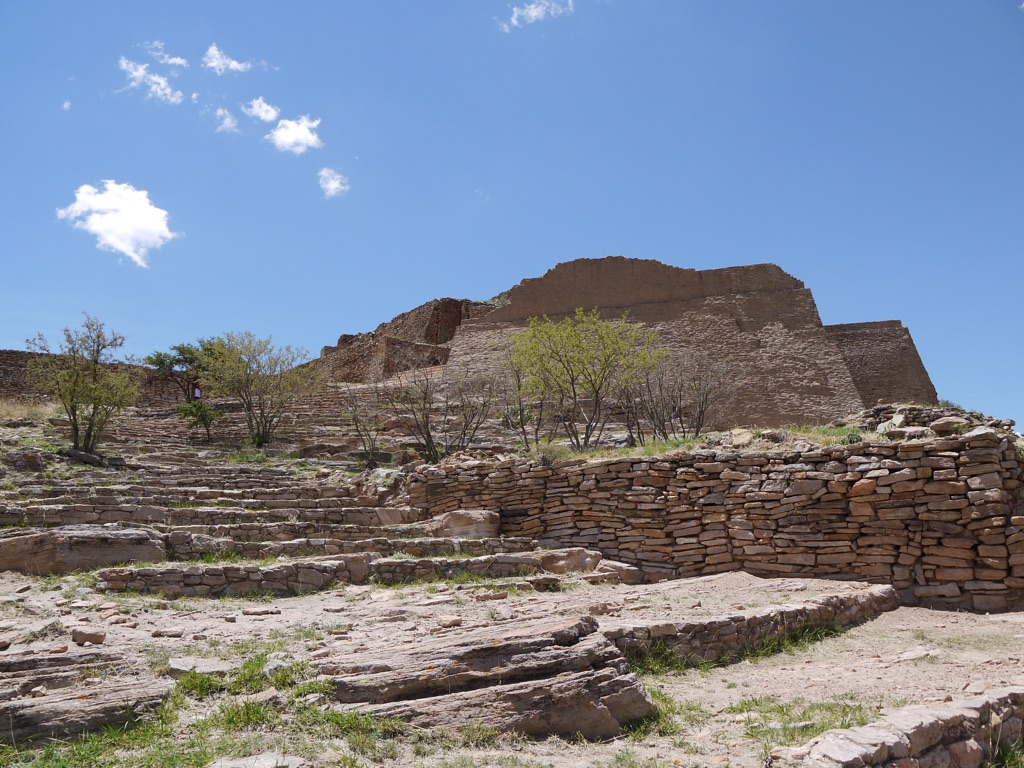
For further reading and to validate the information presented in this article, the following sources are recommended:
Or you can check any of these reputable archaeological and historical texts:
Weigand, P. C., & Fernández, G. E. (1985). La Quemada, Zacatecas, Mexico. American Antiquity, 50(2), 305-315.
Reference: Jiménez Betts, P. (2001). The Archaeology of La Quemada, Zacatecas, Mexico. Latin American Antiquity, 12(1), 67-69.
Reference: Nelson, B. A. (1997). Chronology and stratigraphy at La Quemada, Zacatecas, Mexico. Journal of Field Archaeology, 24(1), 85-109.
Reference: Trombold, C. D. (Ed.). (1991). Ancient Road Networks and Settlement Hierarchies in the New World. Cambridge University Press.
Reference: Foster, M. S. (2007). The Archaeology of Ancient Mexico and Central America: An Encyclopedia. Taylor & Francis.
